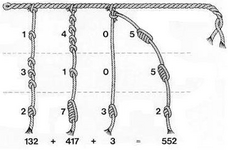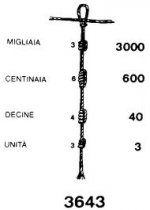Oroblanco
Gold Member
- Jan 21, 2005
- 7,841
- 9,867
- Detector(s) used
- Tesoro Lobo Supertraq, (95%) Garrett Scorpion (5%)
Careful Corp, it is starting to sound like the Fever has already taken hold in you, you could find yourself deep in some jungle hunting for lost treasure!


 I am just curious...I never had the slightest notion that you were wanting to mean Platinum with it...I always just thought that it meant white gold...hehehe...But what do I know
I am just curious...I never had the slightest notion that you were wanting to mean Platinum with it...I always just thought that it meant white gold...hehehe...But what do I know



















